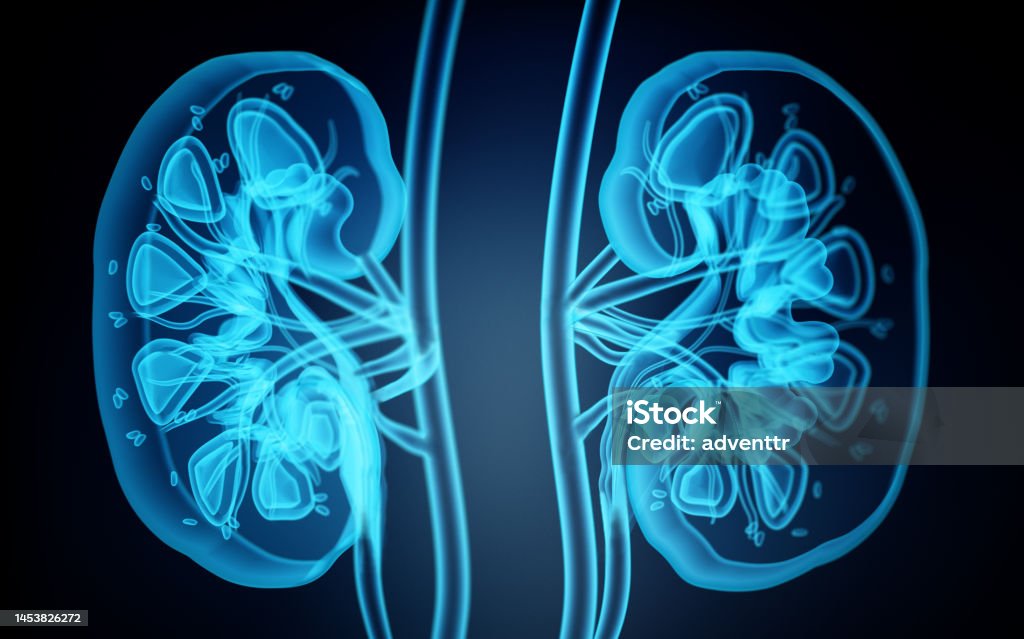When a person suffers chronic liver damage leading to liver cirrhosis, it is difficult for this diagnosis to be reversed.
This happens because liver cirrhosis is the final stage of chronic damage to this organ and by then, the scars that are in it have already formed fibrosis that makes it difficult to function.
“As it is a chronic liver disease, it will cause some alterations in the general state of the body. For example, weakness, weight loss or gain, weakness, people may turn yellow ( jaundice ).
In addition, they may begin to accumulate fluid in their legs or abdomen, and they may also experience confusion. They may even have some manifestations that are not specific, such as digestive bleeding resulting from varicose veins in the oesophagus or stomach.
To diagnose the disease, in addition to the physical examination and the diagnostic clues obtained from the conversation with the patient and the questions he answers, some imaging tests are indicated such as abdominal ultrasound, a scanner and magnetic nuclear resonance (MRI).
Liver biopsy:
A liver biopsy is rarely indicated. “This test is done when you want to study the tissue and establish causes of liver cirrhosis, to establish differences between the different diagnoses that can explain this disease. It is also indicated when it is specifically required to do a demonstration at the level of the liver tissue and see what state it is in,” says the specialist.
Recommendations
Those who already have some level of liver damage, whether due to fatty liver or hepatitis, must follow some recommendations and be constantly monitored so that the disease does not continue to progress.
A condition of this type must be managed by a doctor. The person who is already diagnosed with some level of liver damage should pay special attention to what the specialist points out. In particular, in what has to do with:
- Diet aspects (low-fat foods, increased consumption of fruits and vegetables, avoiding alcohol).
- Rest.
- Sports.
- Certain specific drugs for different causes can lead to liver cirrhosis.
In the case of people who have already been diagnosed with liver cirrhosis, monitoring with a specialist doctor should be more strict.
Liver transplant: When is it necessary?
When liver cirrhosis progresses, the liver stops working. It is then when the transplant is necessary so that that person can continue living since it becomes the only treatment option.
Currently, in Chile and the world, the main cause of liver transplant is liver cirrhosis caused by fatty liver.
In children, liver cirrhosis has also been described. “There are children who are affected by viral conditions such as hepatitis B, in Asia, for example. Others, due to certain liver conditions or diseases, reach cirrhosis.
To avoid liver transplantation, which is the last treatment option, today scientists around the world are working to expand current treatments for cirrhosis, but they have not had the expected success.
As cirrhosis has different causes and complications, there are many ways in which it must be approached and this makes treatment difficult.
For now, those who have made the most progress focus their efforts on treatments that allow liver cells to reverse fibrosis and self-repair with healthy tissue, without scars.

You May Contact Us at:
Phone Number: +91 9711224402
Whatsapp Number: +91 9266782222







